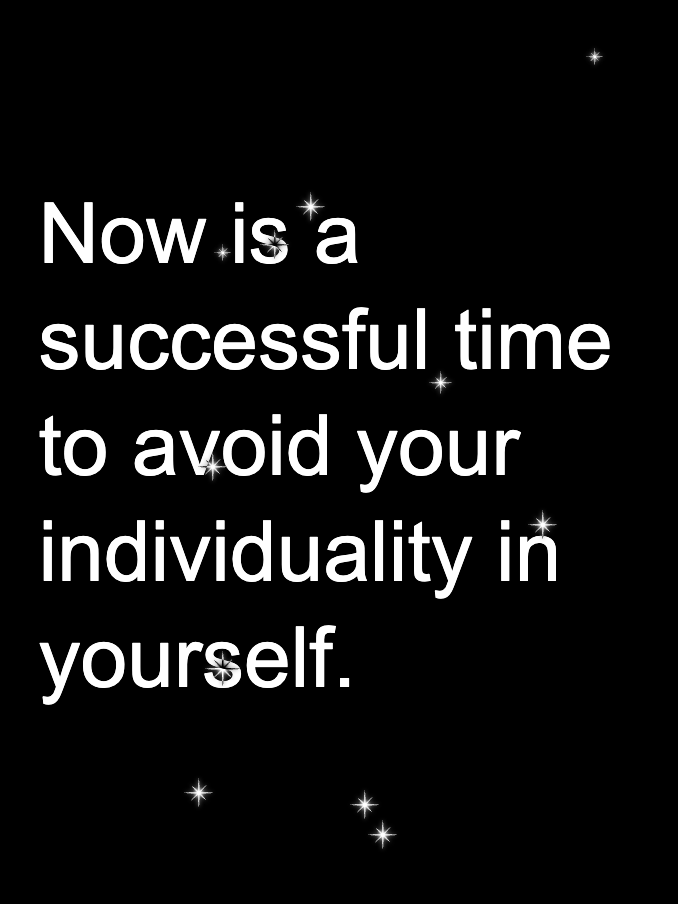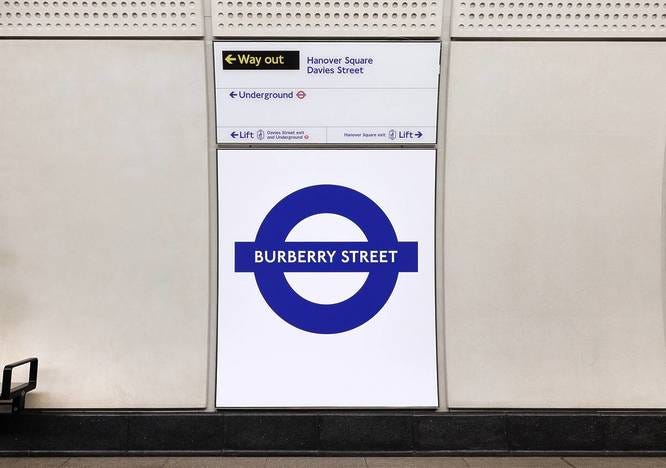I’m Feeling Lucky
EYES ON: Maya Man’s I’m Feeling Lucky
Even if you don’t yet know Maya Man’s work, you’ll be instantly familiar with it. You’ve seen the fonts, scrolling in bed, bleary-eyed. You’ve read the text a hundred times over. It’s all (perhaps embarrassingly) very recognisable—that’s because it’s taken straight from your Instagram feed.
Maya Man’s most recent release, I’m Feeling Lucky, takes the aesthetic language associated with the culture of online astrology and braids it into a long-form generative project. The result is a series of random outputs that reflect the randomness of astrological readings that have proliferated across social media for years.
WHY WE’RE WATCHING:
There are loads of notable aspects of this collection that make it really effective at capturing the cultural phenomenon that it’s talking about: the strength of its aesthetic language, Maya Man’s commitment to that language, as well as the relevance of its subject matter to us all and to digital art making more generally.
For us, though, the aspect that makes this project most effective is that many of its outputs are really funny.
With each generated declaration or piece of advice that’s pumped out (such as “You may express your instinct” or “Others find you lucky and normal”), you can’t help but giggle in response. Completely nonsensical yet spoken in an all-knowing tone, the made-up phrases bottle up online teenage self-seriousness in all its ridiculousness.
But, not only are the phrases ridiculous, as their interpreter, so are you. Just like with a horoscope that doesn’t quite fit, with each generated phrase you bend over backwards to find its relevance to your personal life. And, even with the knowledge that I’m Feeling Lucky’s lessons are categorically random, you still give it a go. With no success in finding a meaningful fit, or worse, success, you are left embarrassed for implicating yourself and so for being the very thing the project is making light of.
One Stop Too Far
EYES ON: Burberry Street Station
For London Fashion week (which feels like forever ago already), London’s Bond Street tube station was temporarily transformed into “Burberry Street”. Every piece of signage was overlaid with Daniel Lee’s blue in a remarkably seamless way (literally no visible poster seams), that made the tube-makeover feel very real.
This textbook guerrilla marketing move caused perhaps as much alarm as it did delight in commuters. Some oohed and aahed while others got lost.
WHY WE’RE WATCHING:
Without going into the ethics of commodifying public services for private gain, the Burberry Street stunt reveals just how far brands have become intertwined with life, how un-separate they are from the fabric of society. The stunt turned out to be a nice little metaphor for this, with people literally getting lost between the brand’s world and reality, unable to differentiate between the two.
Practical way-finding was swapped out for fiction, maybe too easily. At least when London’s Barbican station was transformed into Barbie-can station for the movie, the new name sounded like the original.
We all love a fun routine shake-up, but not one that means we find ourselves at the other end of the train line. This renaming stunt literally begs the question of whether we’ve gone too far.
The Great Divide
EYES ON: Physical art mediums in digital art
In discussing Katherine Frazer’s Gemma-commissioned work, Life Force, Michael Connor of Rhizome brought up the blog PAINTED, ETC. by Ry David Bradley. The blog, started in 2009, aimed to “document what was happening to painting as it collided with network culture”, meaning it recorded all types of artworks, from paintings that look digital to digital works that look like paintings. From this blog, a semblance of a definition for the (maybe impossible to define) term “digital painting” could be pieced together.

In mentioning this blog, Connors points out that a new style of work is increasingly falling under the label of digital painting. Previously, works fell under this category because they had a messy digital mark making that looked “painterly”. Wet and gestural, their pixels slid like paint.
But later on, work like Katherine Frazer’s, which possesses a very different kind of mark began to be referred to as digital painting too. Hard-edged, corporately clean, these paintings are much less obviously “paintings”. Instead, their mark making makes very clear which professional digital tools were used in their creation process (Frazer actually makes some of her paintings from Keynote, a tool young professionals know all too well).
WHY WE’RE WATCHING:
Although a differentiation between painterly and not-so painterly digital artworks—those with evidence of “brushstrokes” and those without—has been developing over many years, the difference doesn’t really have a claim on who actually gets to live under the umbrella of digital painting. All types of digital painting are welcome (?)
The same is true for digital generative art. In fact, this very conversation—on a digital work’s relationship to physical creative mediums—was nicely echoed in a tweet posted right next door, in the world of NFT generative art twitter. The tweet identified the very same chasm developing between generative art projects that feel digital and those that imitate the textures of physical art mediums (watercolour, oil paint etc.).
Digital art’s relationship to physical art mediums is rightly a big subject of interest and one that can teach us more about how different types of digital art work.
Weirdly, that’s not at all the case in the world of digital fashion. Digital clothes almost always directly mimic the textures of physical materials without a peep about the implications of doing so or the alternatives to doing so. There’s still SO much to get into!









